A few days down in Sussex staying in Chichester to celebrate a significant family birthday produced a richness of experiences far beyond what was anticipated and ultimately resulted in two further return trips – each just day-trips, it was that good…
The journey down from Colchester took us along a glorious viewpoint across the South Downs and past the entrance to Arundel Castle, but as I was driving these were just brief glimpses. Here, however, is the view I merely glimpsed on this occasion:
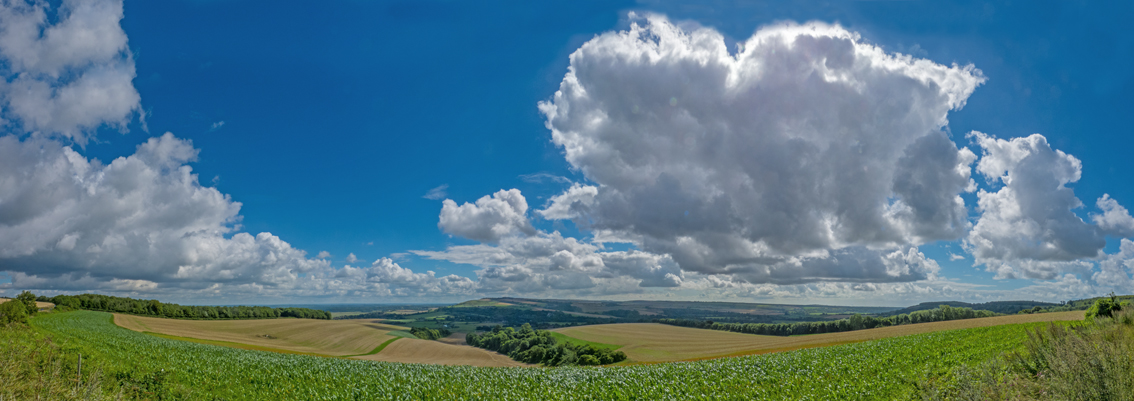
Like Colchester, Chichester has its settled origins dating from Roman times (Colchester = Camulodunum; Chichester = Noviomagus Reginorum) although both were significant centres for pre-Roman British tribes. From the 11th Century onwards the heart of Chichester was the cathedral. There’s a lovely walk around part of the remaining city walls, and an information board gives a real sense of what the early city must have looked like (all credit to the un-named artist):
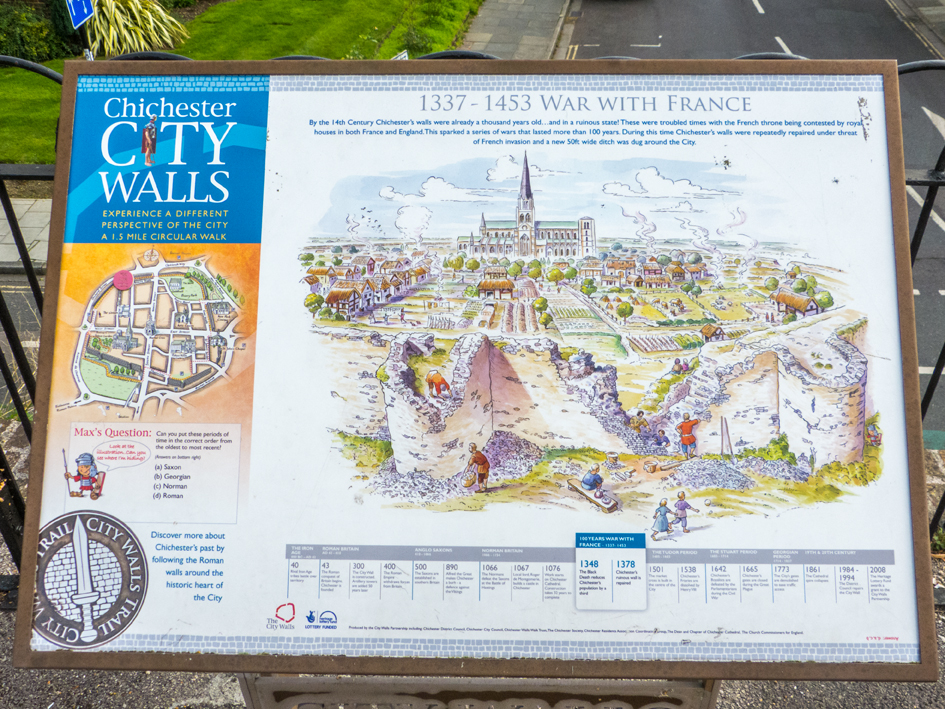
The cathedral is a beautifully proportioned building:

It nevertheless has a number of unexpected features. Firstly, it is one of the few cathedrals in the country to have a bell tower standing separate from the rest of the cathedral. It also has a complete and serenely cooling cloister:

But it has other surprises too, as I was later to discover…
As the weather was so glorious we opted to head for the beach at West Wittering, as recommended by the very helpful agent of the cottage we were renting. Having left the extended family happily splashing about in the shallows of the beach, I headed off inland to investigate an interesting-looking wetland – clearly a remnant dune-slack area. Much of the dune-slack had now been converted to wheat field:
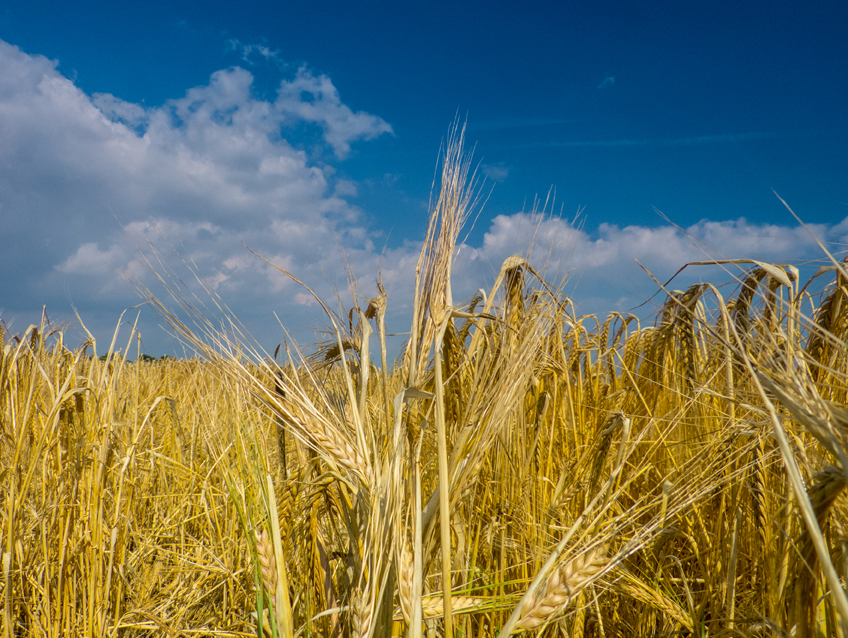
The wheat was just approaching the point where it begins to turn head-down and ripen:
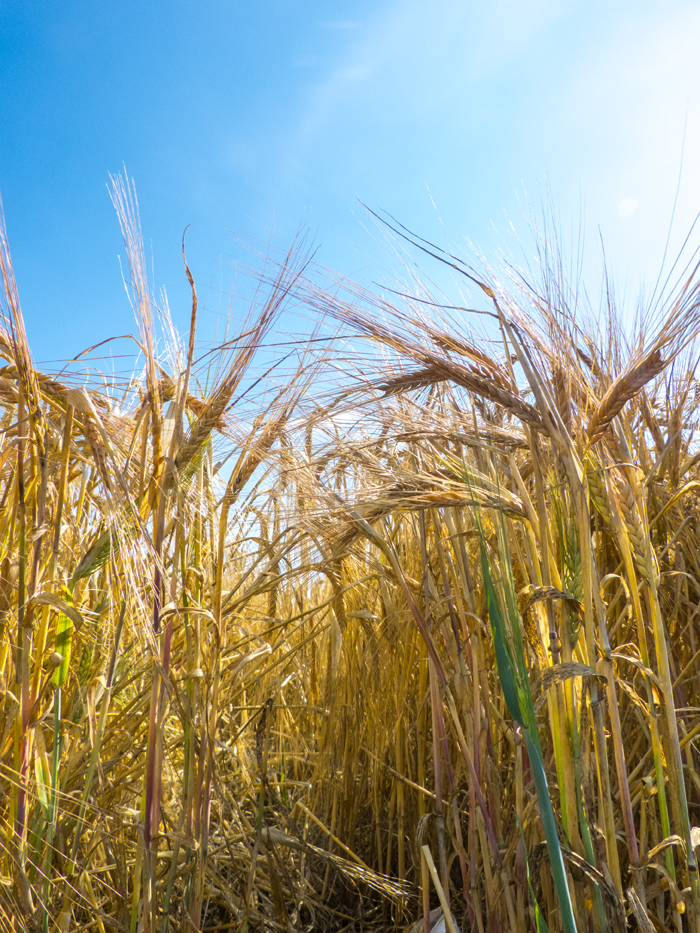

Amidst the wheat but particularly along the fringes of the field there was an array of modern wheat-field ‘weeds’, including oats, common mallow (Malva sylvestris) and field bindweed (Convolvulus arvensis):
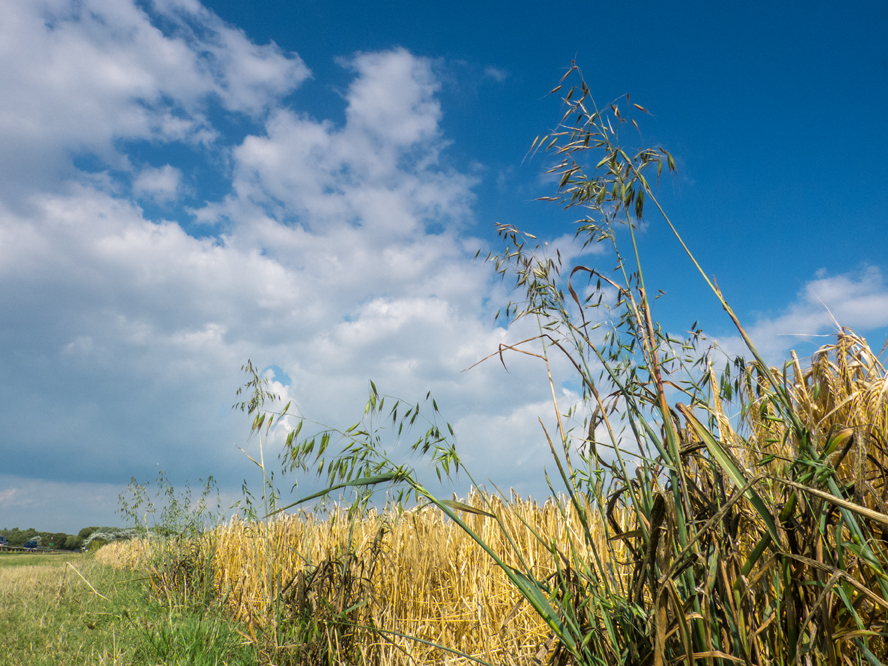

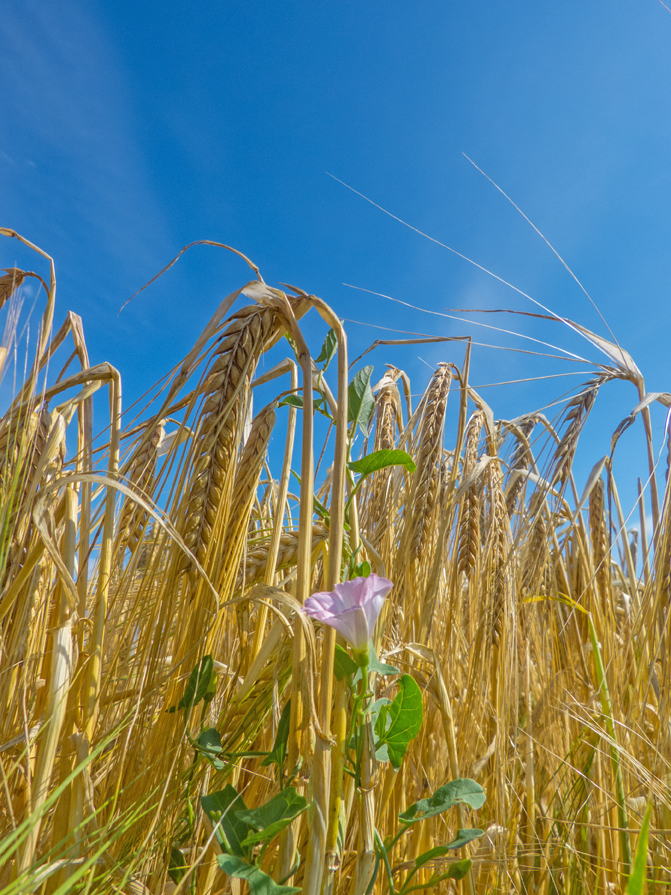
There were also many flowering heads of cow parsley (Anthriscus sylvestris) which acted as landing platforms for a variety of insects:

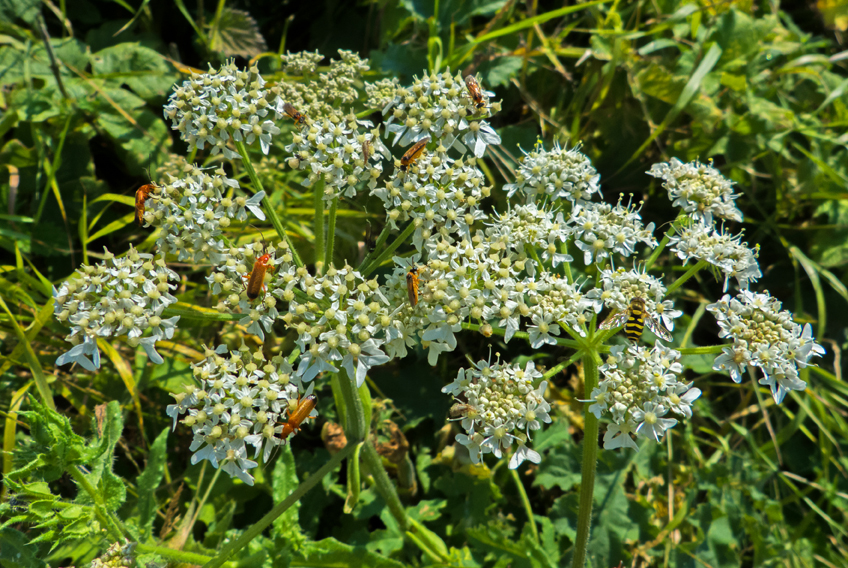
These included the common red soldier beetle (Rhagonycha fulva), probably the marmalade hover fly (Episyrphus balteatus) and possibly a gall wasp:
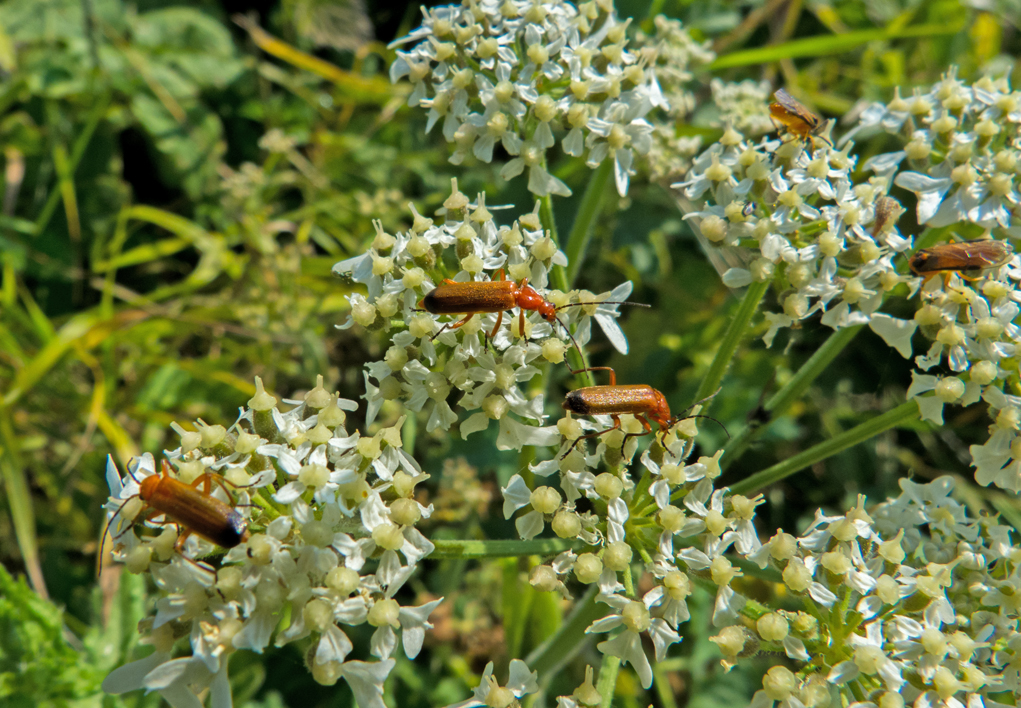

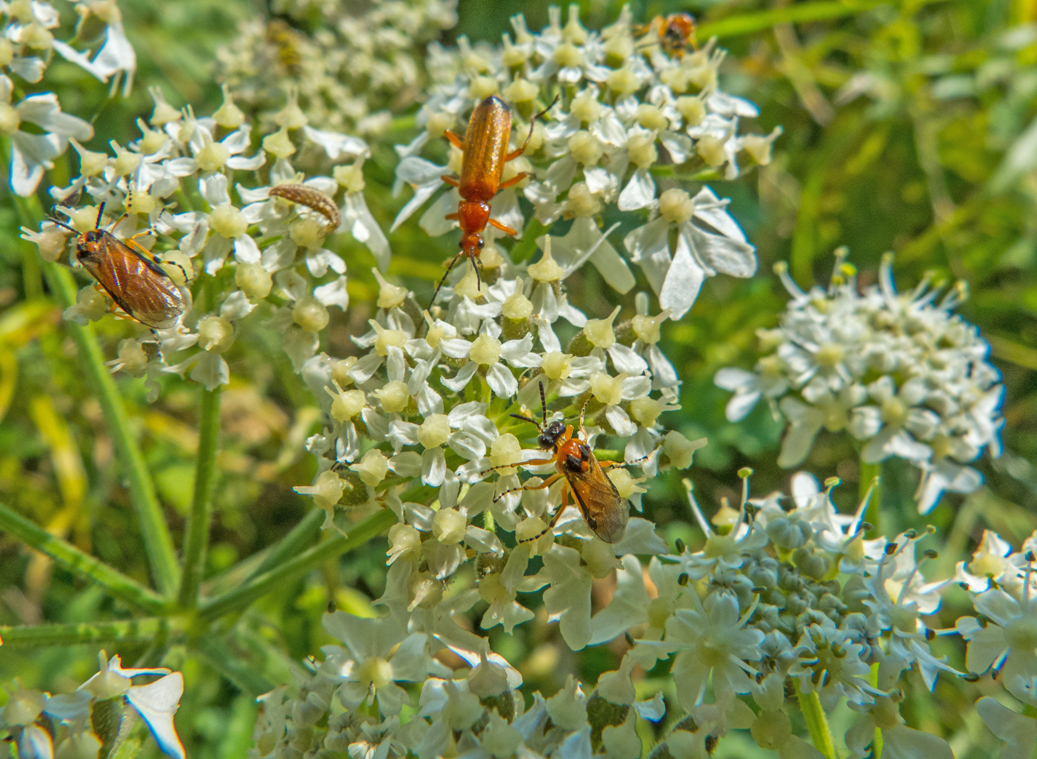
Then my attention was caught by something rather larger emerging from the fenced-off wetland area:
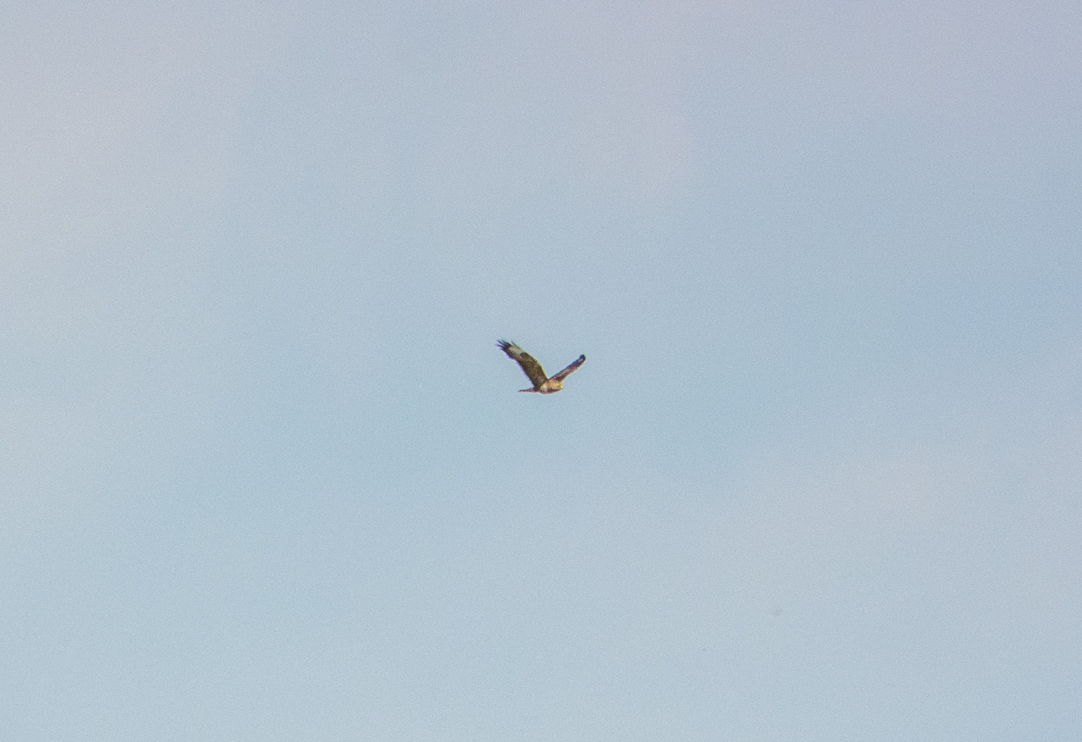
At first I wasn’t sure, but then as it made its way round the far edge of the field I caught a view which suggested I was watching a marsh harrier (Circus aeruginosus), a species I’d last seen more than 15 years ago while moored on Merlin close to the reedbeds of Hickling Broad:
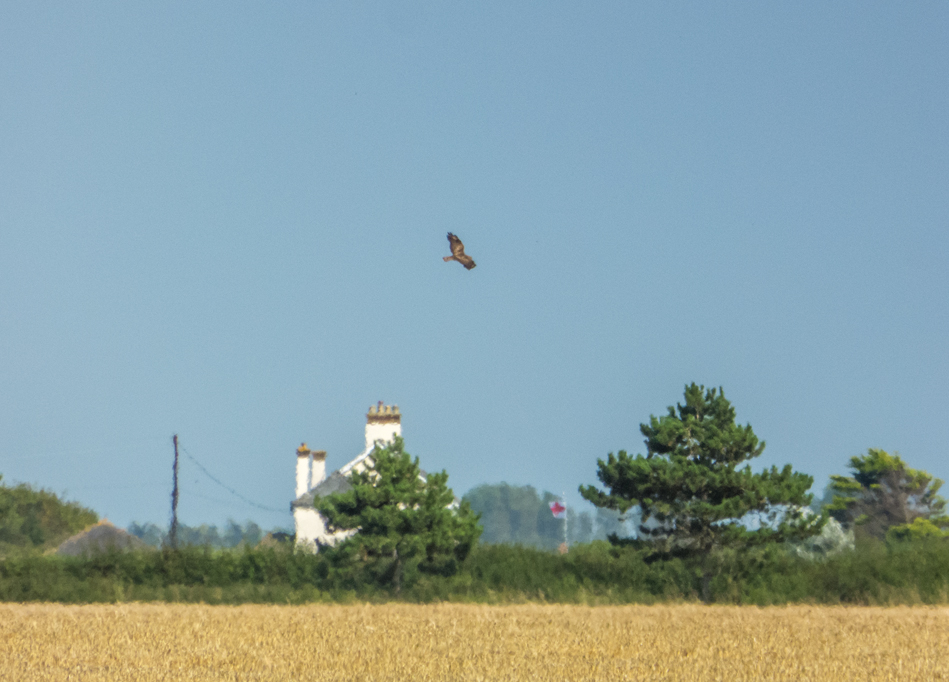
This was exciting, but then my ears caught a faint but unmistakable sound – a Merlin engine. Looking across the wheat field I could see a dot in the sky, heading towards the coast:
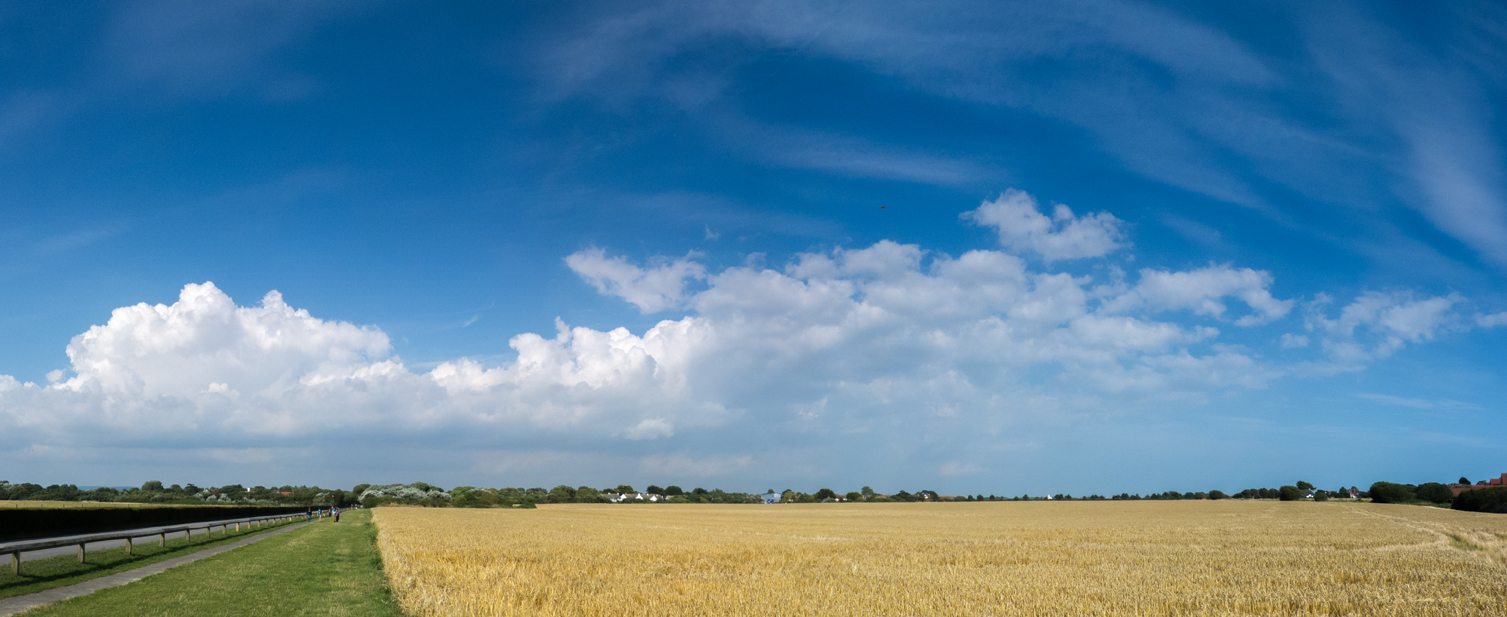
Its course brought it somewhat closer and, as it banked, there was the unmistakable elliptical wing shape of a Spitfire (the iconic elliptical wing designed, not by R J Mitchell as many believe, but by his associate Beverley Shenstone):
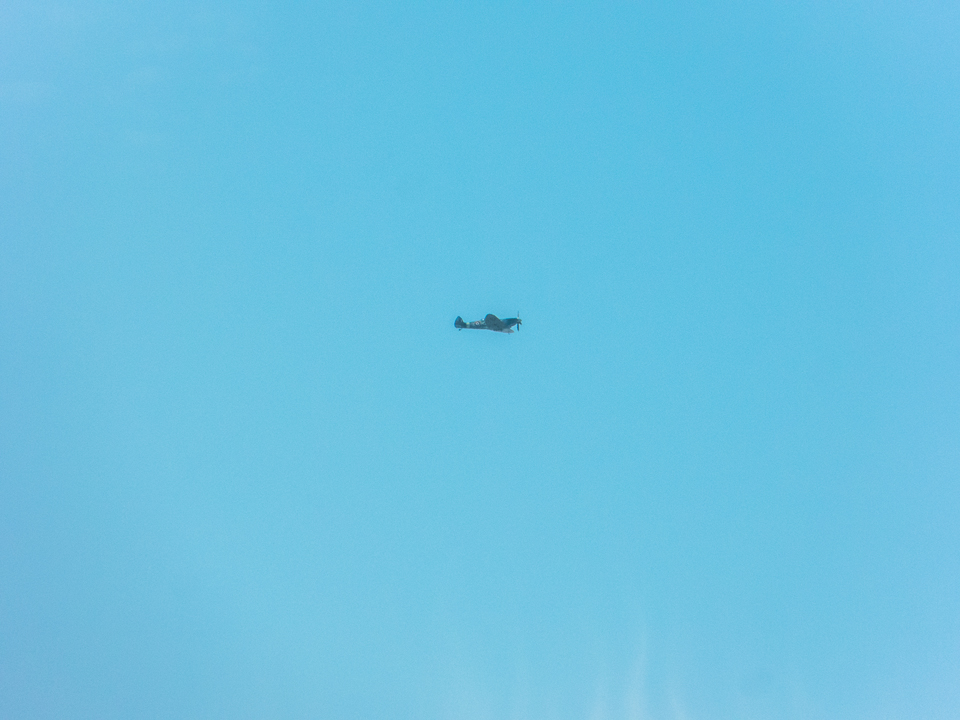

A beautiful aircraft, a gorgeous sound, and all most unexpected, coming directly on the heels (or tail feathers) of the marsh harrier.
Rejoining the family on the coast, we then moved on to the excellent Billy’s on the Beach at Bracklesham Bay, where we sat outside enjoying the evening sunlight while we tucked into mountains of seafood. Only to be interrupted by the sound of the Merlin engine again, which meant that food was abandoned as I grabbed my camera. We were then treated to the most amazing aerial display over the sea while we sat back with a grandstand view:
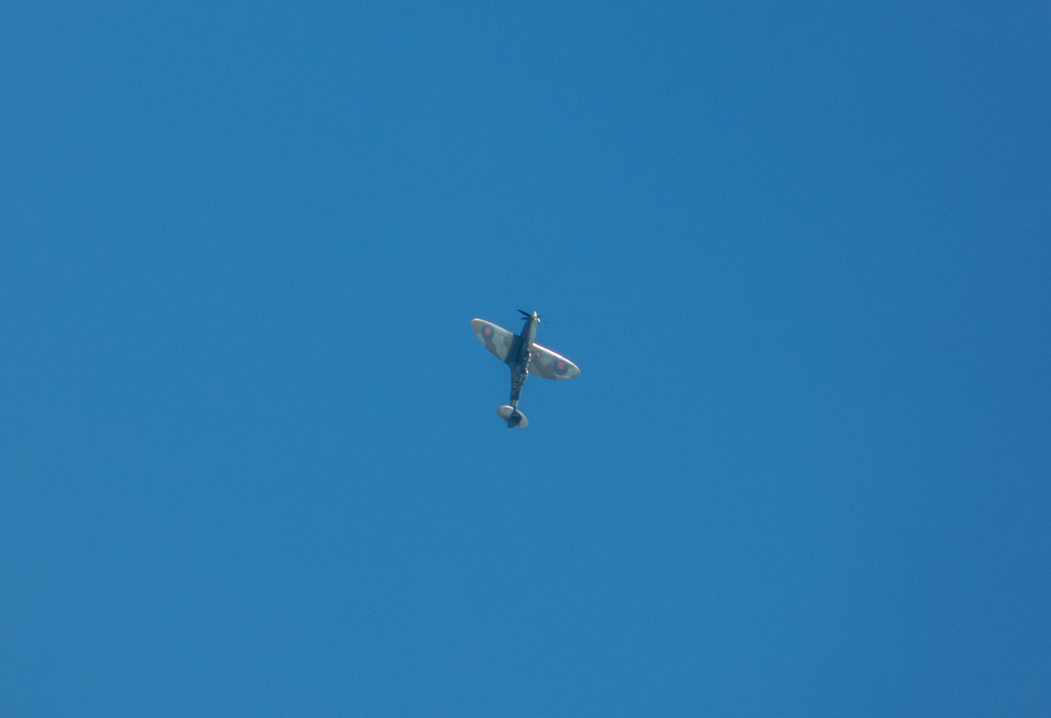
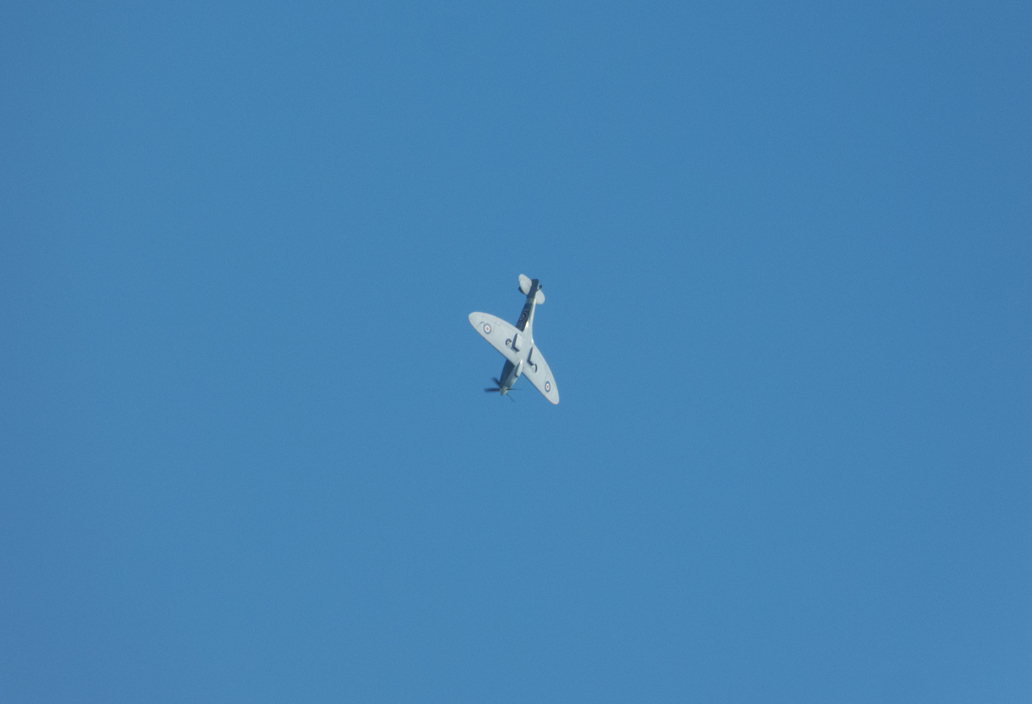
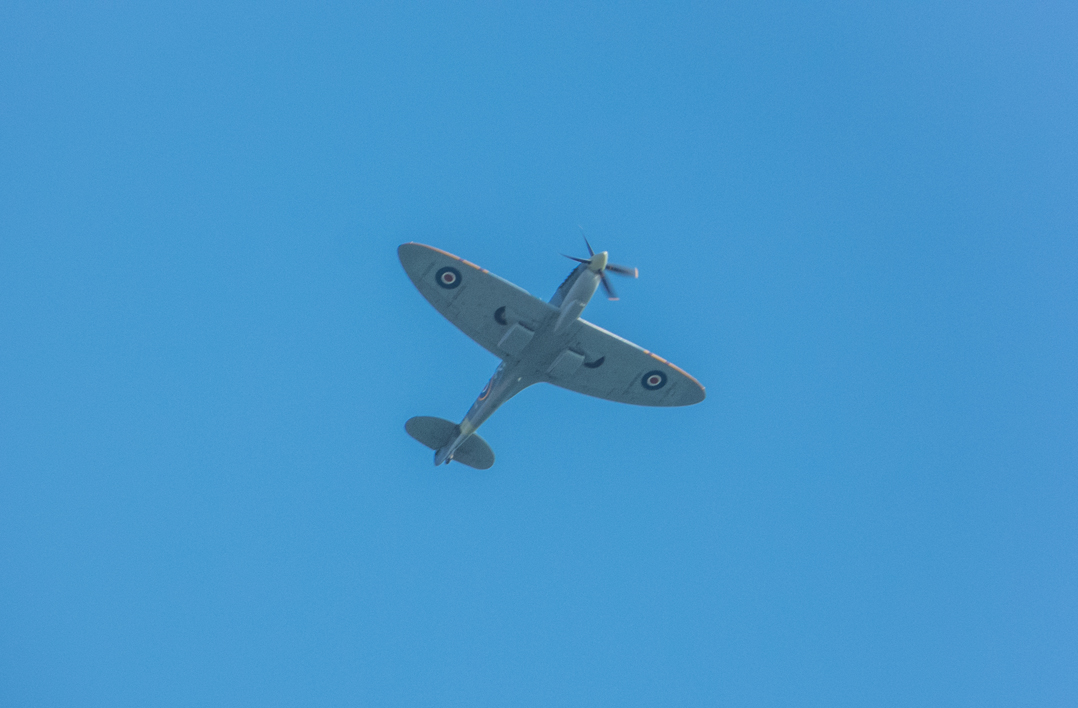
Then as it flew low over the beach past us, it became obvious that this was a two-seater Spitfire, with someone in the passenger seat having the time of their life:
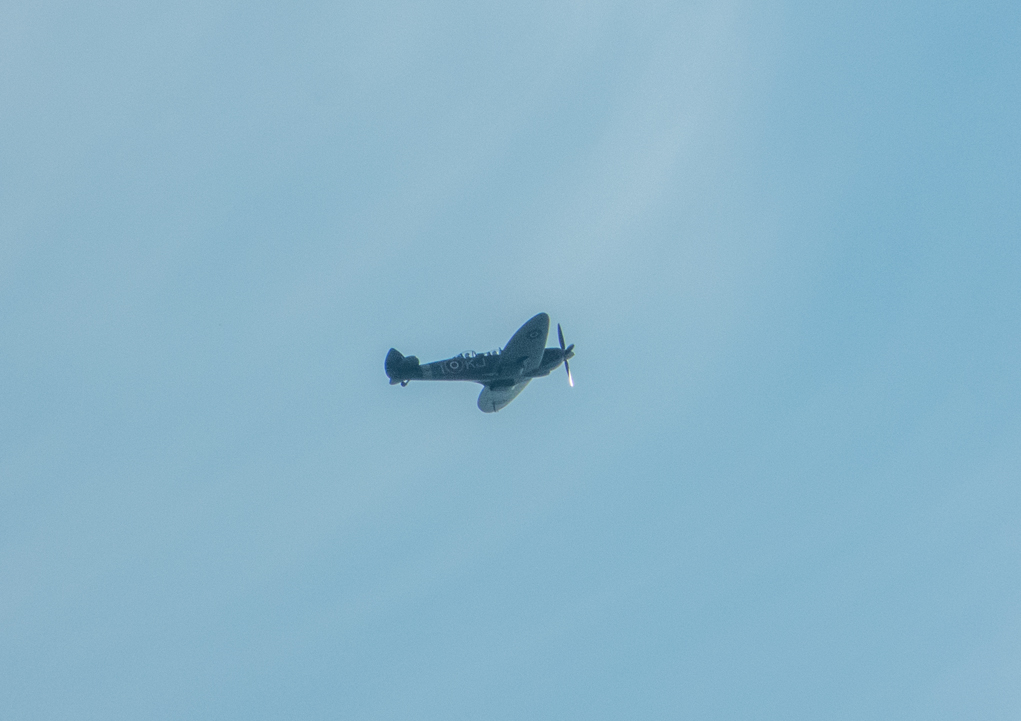
In a way, and to some extent, I knew what they were experiencing because back in May my lovely sister had arranged a visit to the RAF Museum at Hendon, and there I was treated to the opportunity of sitting in the cockpit of a Spitfire once the personal plane of Air Vice-Marshall ‘Billy’ Elliott:
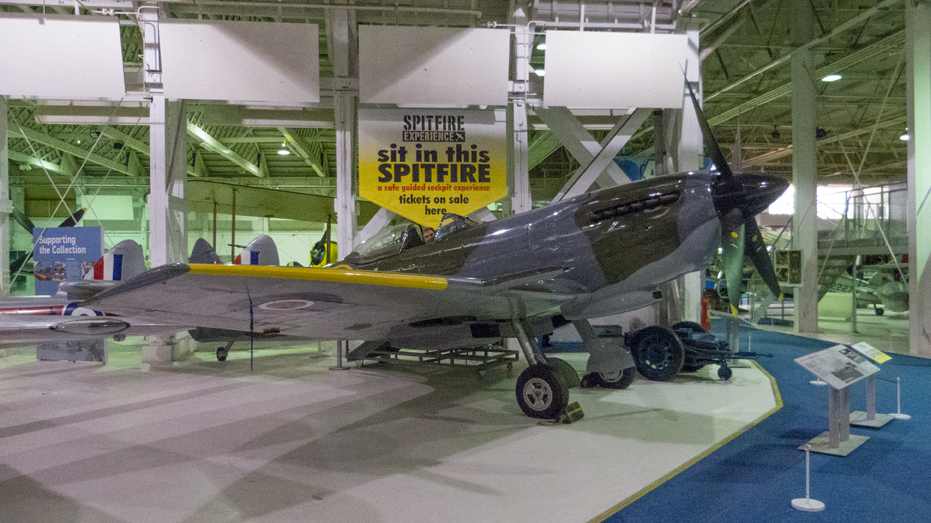
I’d been somewhat doubtful about the added experience of actually sitting in a Spitfire compared to simply enjoying its beautiful shape from afar, but I was very surprised to find that it was quite a moving experience. It brought home just how each Battle of Britain pilot fought alone, within the space of their own cockpit, and with such basic (though well-designed) tools. Should you find yourself watching the film Dunkirk, think of this as you watch Tom Hardy juggling fuel, ammunition, distance from home, duty to those below, as well as facing hostile and well-armed enemy aircraft:


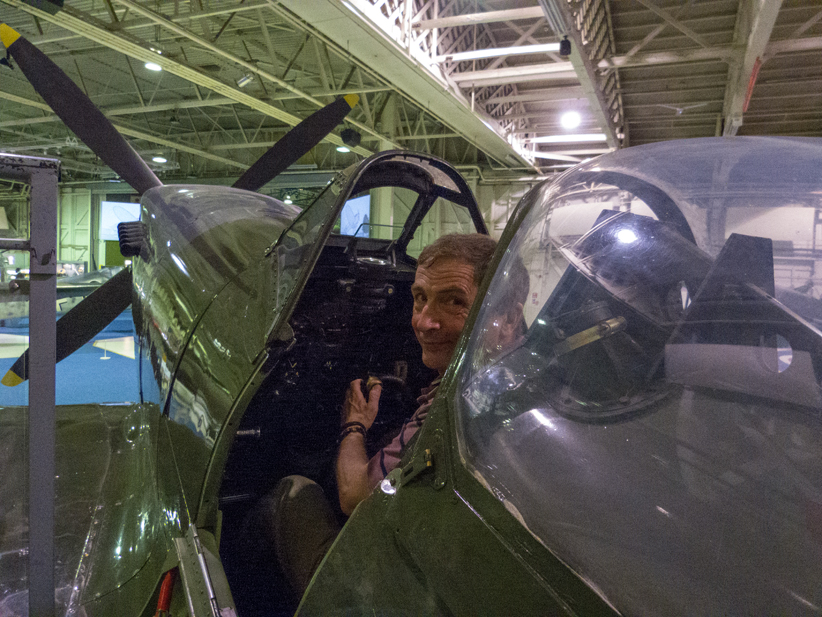 Purists will note that I’m holding the spade joystick with completely the wrong hand. When held in the right hand at the top of the grip (the left hand being constantly on the throttle lever on the left wall of the cockpit), the brass firing ring fits snugly under one’s thumb.
Purists will note that I’m holding the spade joystick with completely the wrong hand. When held in the right hand at the top of the grip (the left hand being constantly on the throttle lever on the left wall of the cockpit), the brass firing ring fits snugly under one’s thumb.
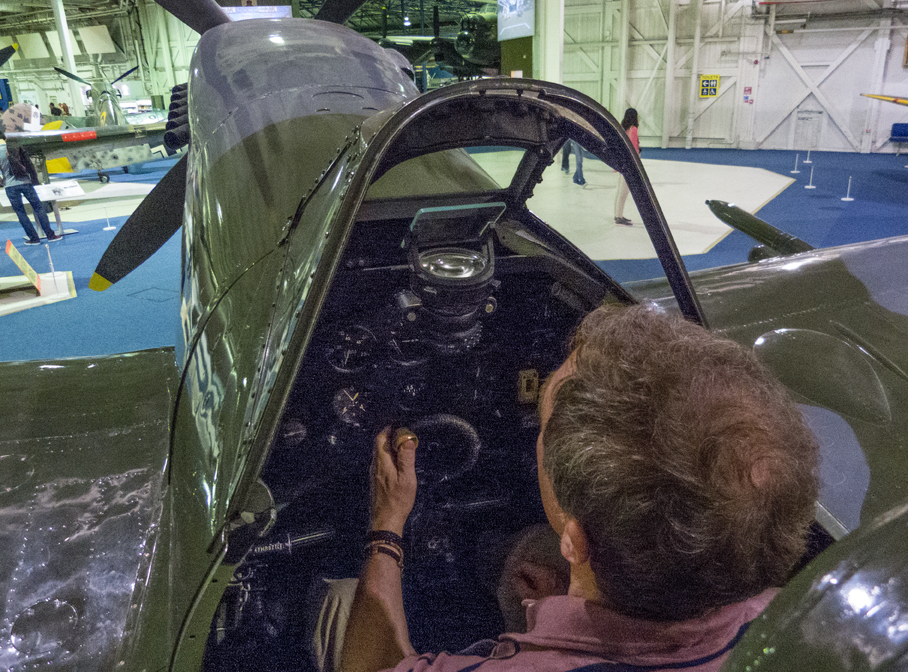

In contrast to that of Tom Hardy and the original pilots, my experience was, to some extent, what the passenger in the Spitfire flying over Bracklesham Beach was seeing that evening… provided, that is, their eyes were not still watering from having paid almost £2,500 for the flight, as we discovered later…! Apparently this is the regular flying area for a pair of 2-seater Spitfires based nearby, and despite the price, the waiting list to fly as a passenger is longer than the Great North Road…
Afterwards, replete from Billy’s and having watched the Spitfire and its happy passenger heading off to the airfield in the evening light, we were treated to exhibitions of flying without effort by a flock of black headed gulls (Croicocephalus ridibundus) which settled on the shingle storm-berm of the beach:
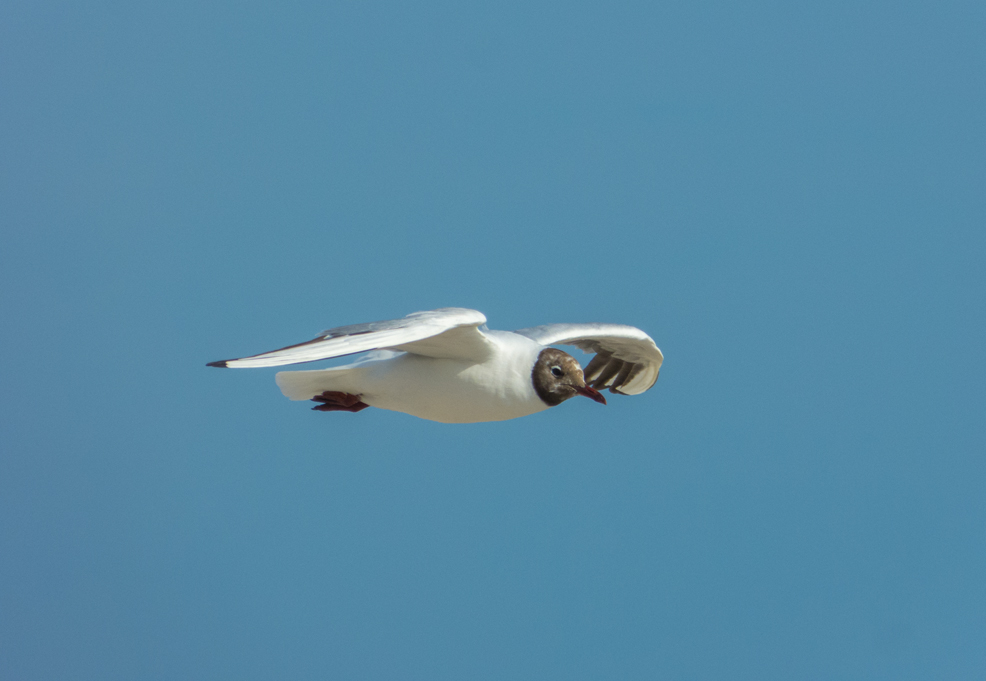

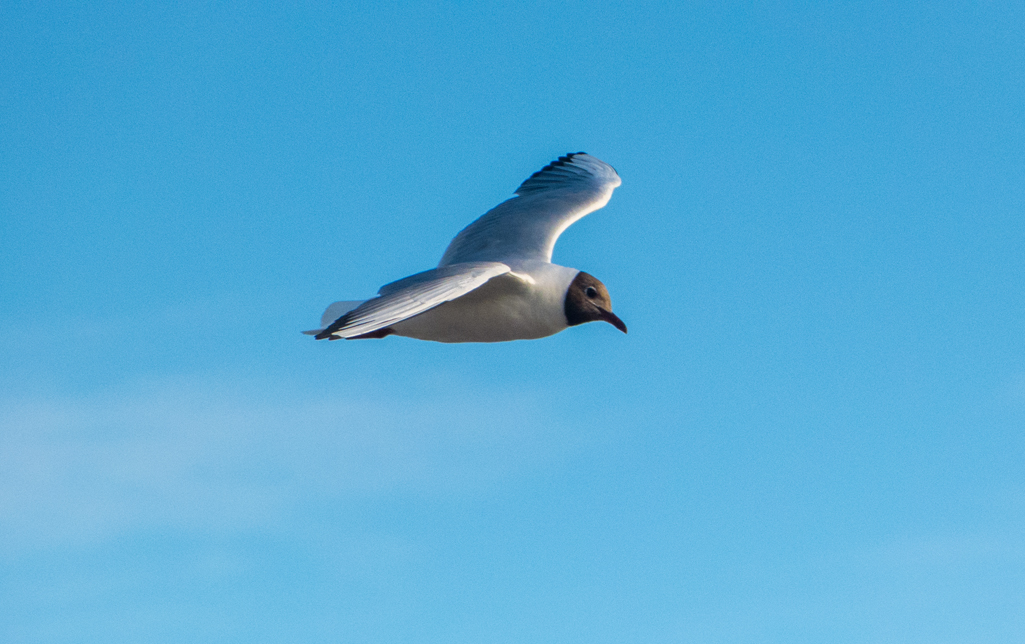
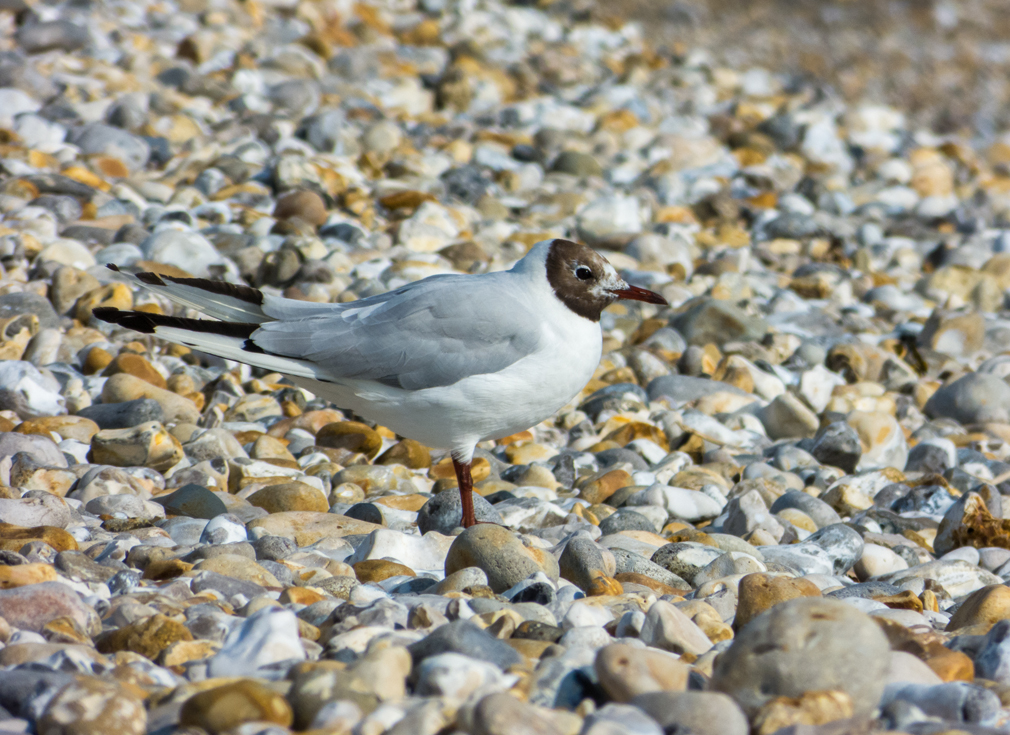
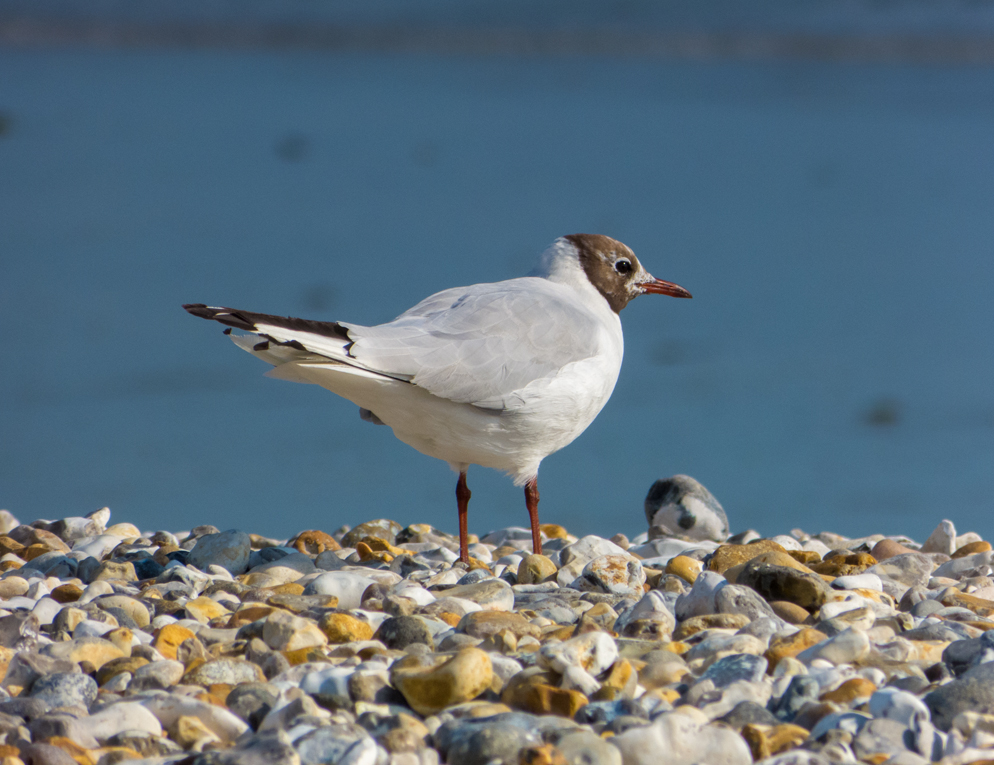
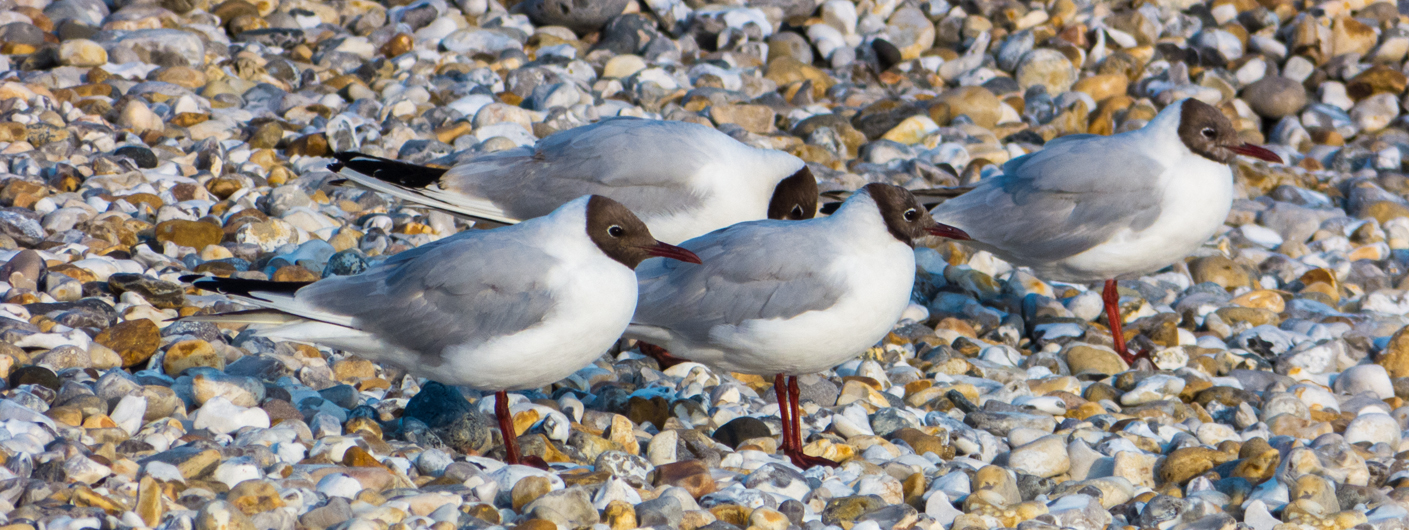

Arriving back in Chichester, I was sitting in our bedroom gazing out from the open window towards the cathedral and I realised that the high-pitched whistling scream which I’d been hearing regularly during our stay was not, in fact, coming from a baby pigeon under our eaves but was in fact coming from the direction of the cathedral, and was therefore very much louder than I’d originally realised. A quick dash out in the fading light to the cathedral resulted in a brief glimpse of something potentially rather exciting:
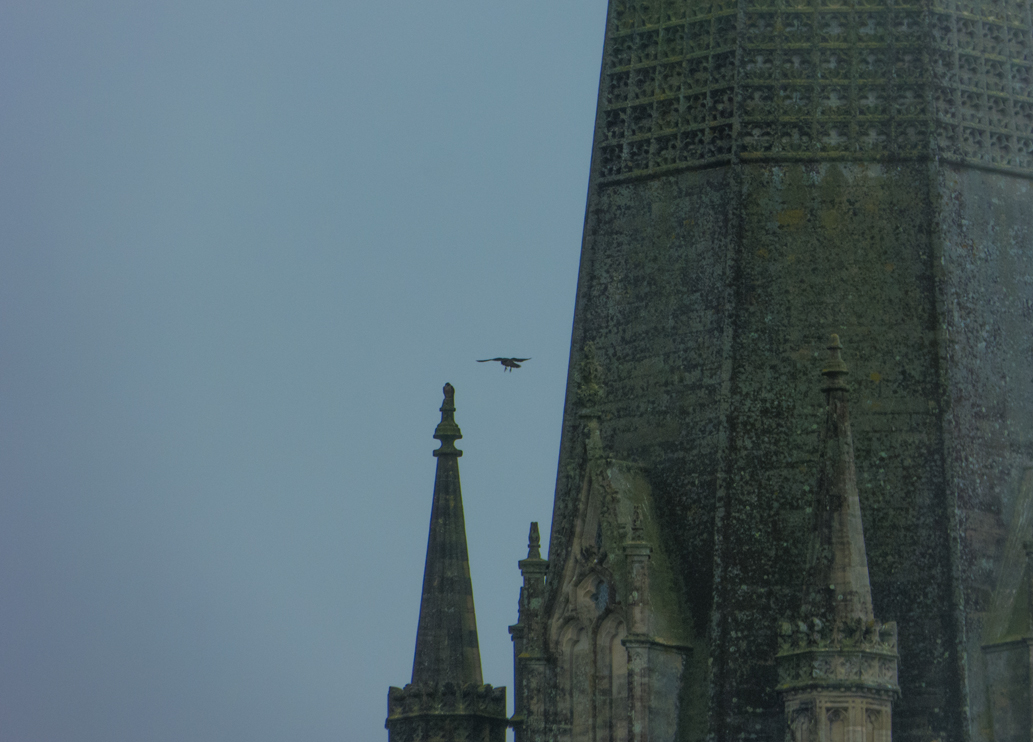
Of that, and more – including chipmunks, motorbikes, predators and painting accidents – look out for the next blog….

One thought on “Chichester – planes, predators and paintings : Part 1”